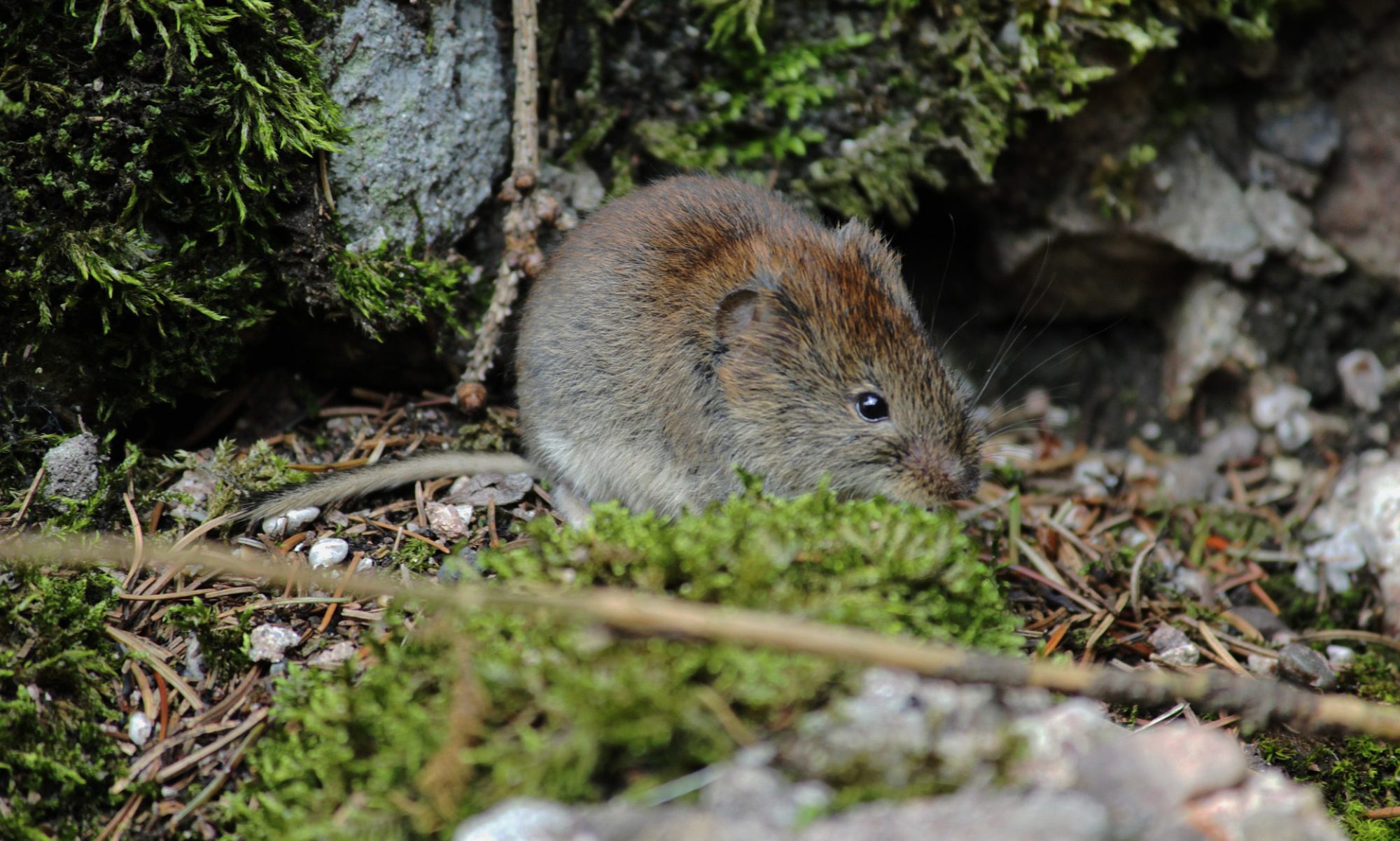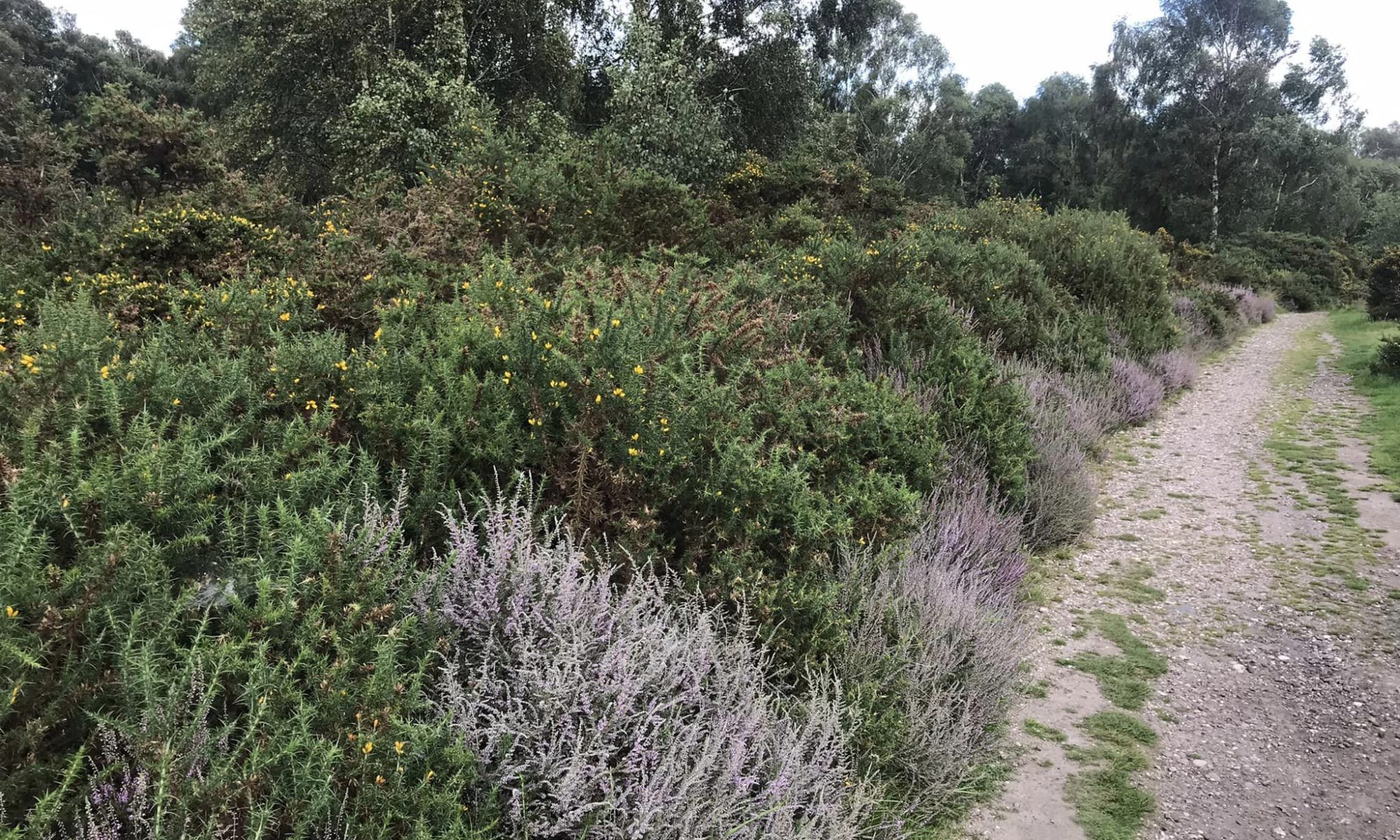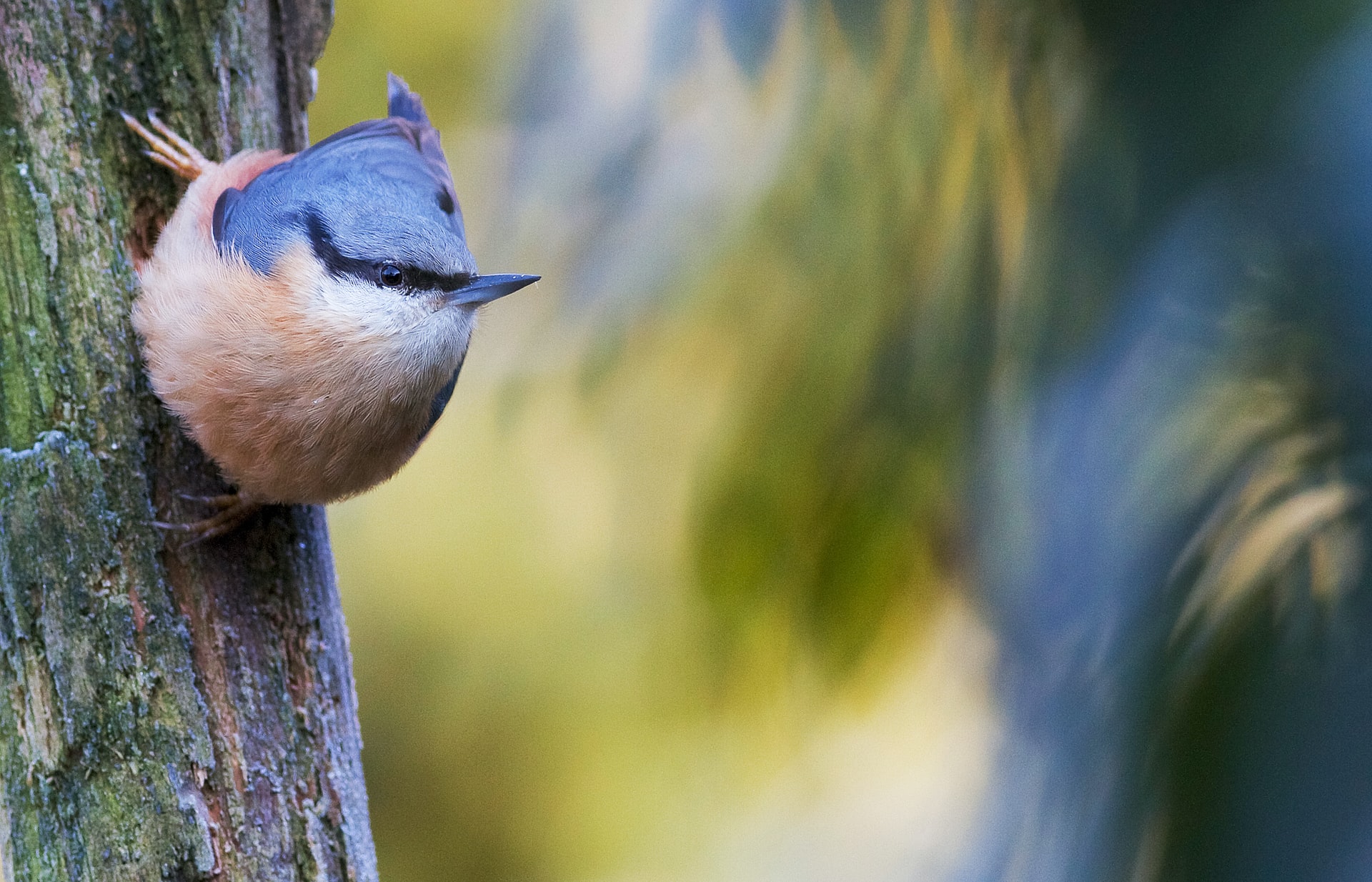If you’re looking for something to do on your spare Sunday afternoon, why not go and explore the fantastic landscapes and wildlife in your local area?
Keeping active, exploring landscapes, watching wildlife and promoting mental well-being are just some reasons to immerse yourself in nature. Not to mention just having time to enjoy being outdoors.
Continue reading “Staffordshire’s industrial past and wilder future!”







